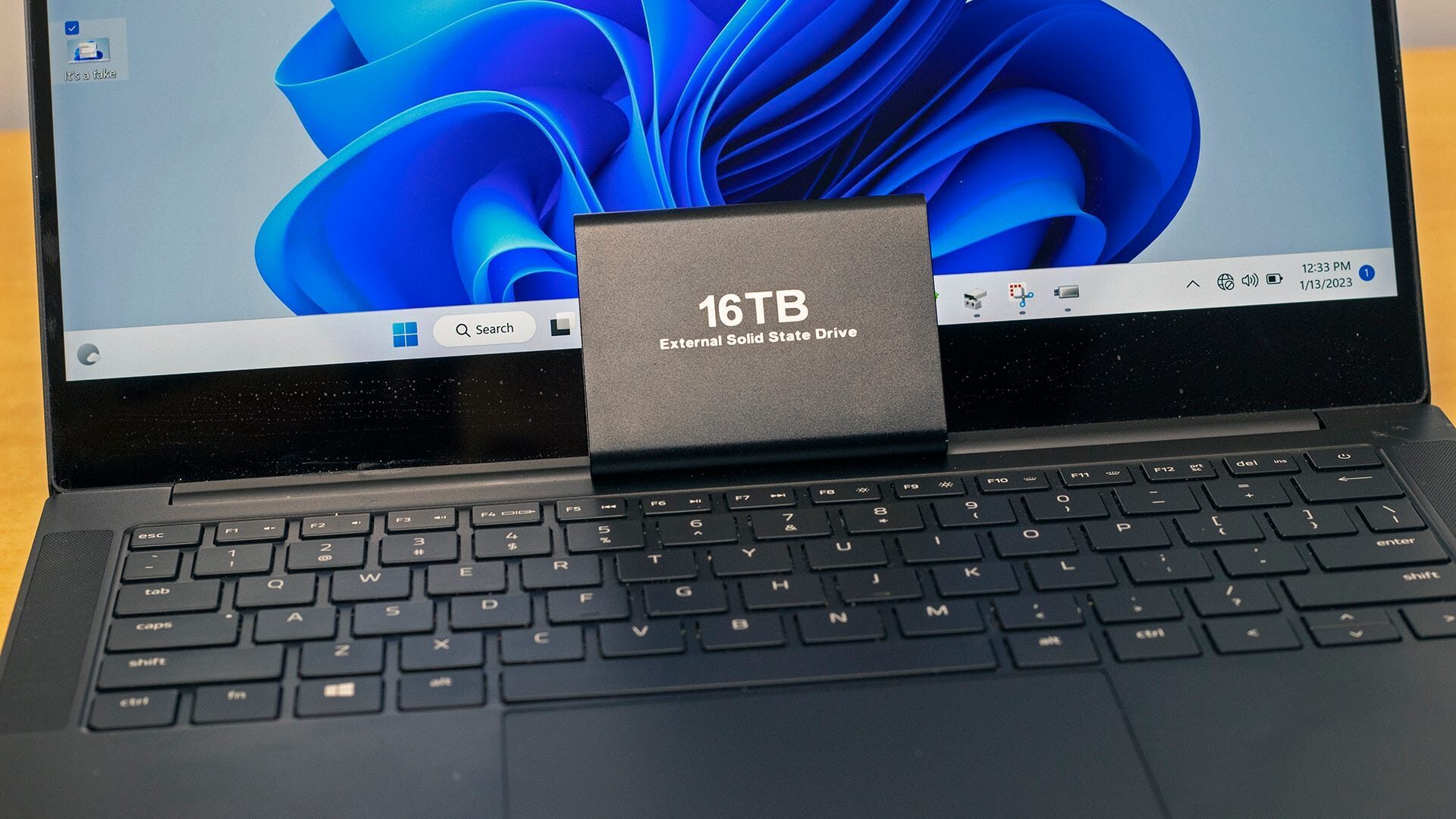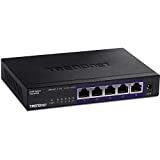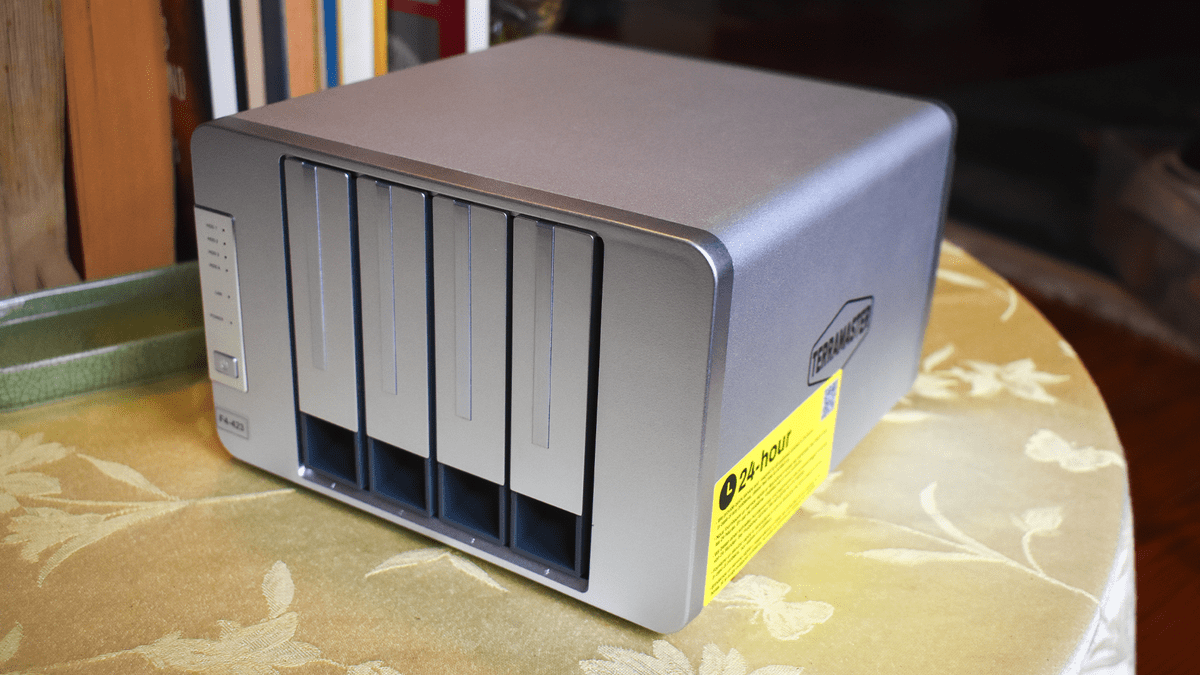
To ensure maximum transfer speeds between your PC and NAS, connect each device to your router or networking switch via a wired Ethernet connection. A 2.5 GbE networking switch can further improve transfer rates, but beyond that point, speed improvements are a money pit.
You’ve finally set up a fancy NAS device, but you’re disappointed by its slow file transfer rate. This is a common problem among NAS users, and in most cases, it may be reminded by following a few simple steps.
Let’s start with a quick disclaimer; beyond simple tricks (like using a wired Ethernet connection), any substantial improvements to your NAS device’s transfer rate will cost a ton of money. If you want lightning-fast file transfers, it’s cheaper (and usually better) to spend your money on a direct-attached storage device, such as an external SSD, new internal drives for your PC, or a RAID enclosure.
What Determines NAS Transfer Speeds?
Before we get into the weeds, let’s outline some of the biggest variables in NAS transfer speeds. We’ll start from the most important factor, which is connection type, before getting down to some of the less important stuff.
- Connection Type: A wired connection between your PC and NAS will always provide the best transfer speeds (though you may need a network switch to create this connection). Wireless connections within your home will offer reduced (and often inconsistent) data transfer speeds, while remote connections from outside of your home will always be comparatively slow.
- LAN Speed: Most homes use the standard 1 Gbps network, which should provide wired transfer speeds up to 125 MBps within your home. You can upgrade to a 2.5 Gbps or 10 Gbps network for increased speeds, assuming that your NAS and PC are up to spec.
- Internet Speed: The internet speed provided by your ISP will only affect remote file transfers from outside of your home network.
- HDD vs. SSD: If you’re on a 1 Gbps or 2.5 Gbps network, any decent HDD will keep up with your transfer speeds. But when you upgrade to a 10 Gbps network, HDDs can become a bottleneck, and you may need to use SSDs in your NAS device to enjoy the fastest transfer speeds. (Most NAS devices support SSD caching, which saves frequently-accessed files to an SSD. This is usually a better option than buying a bunch of expensive SSDs.)
- RAID Configuration: Some NAS owners use a RAID 0 configuration to maximize their transfer speeds. But RAID 0 doesn’t offer any redundancy—it treats all of your drives as one big drive, so if a single drive fails, you lose all of your data. If you use RAID 0 (you probably shouldn’t), please buy a large external drive for manual backups.
Bear in mind that speedy transfer rates are usually a luxury, not a necessity. If you need to spend a bunch of money to improve your NAS device’s transfer rate, you should probably consider some other options, such as portable SSDs.
Use a Wired Connection to Improve NAS Speeds
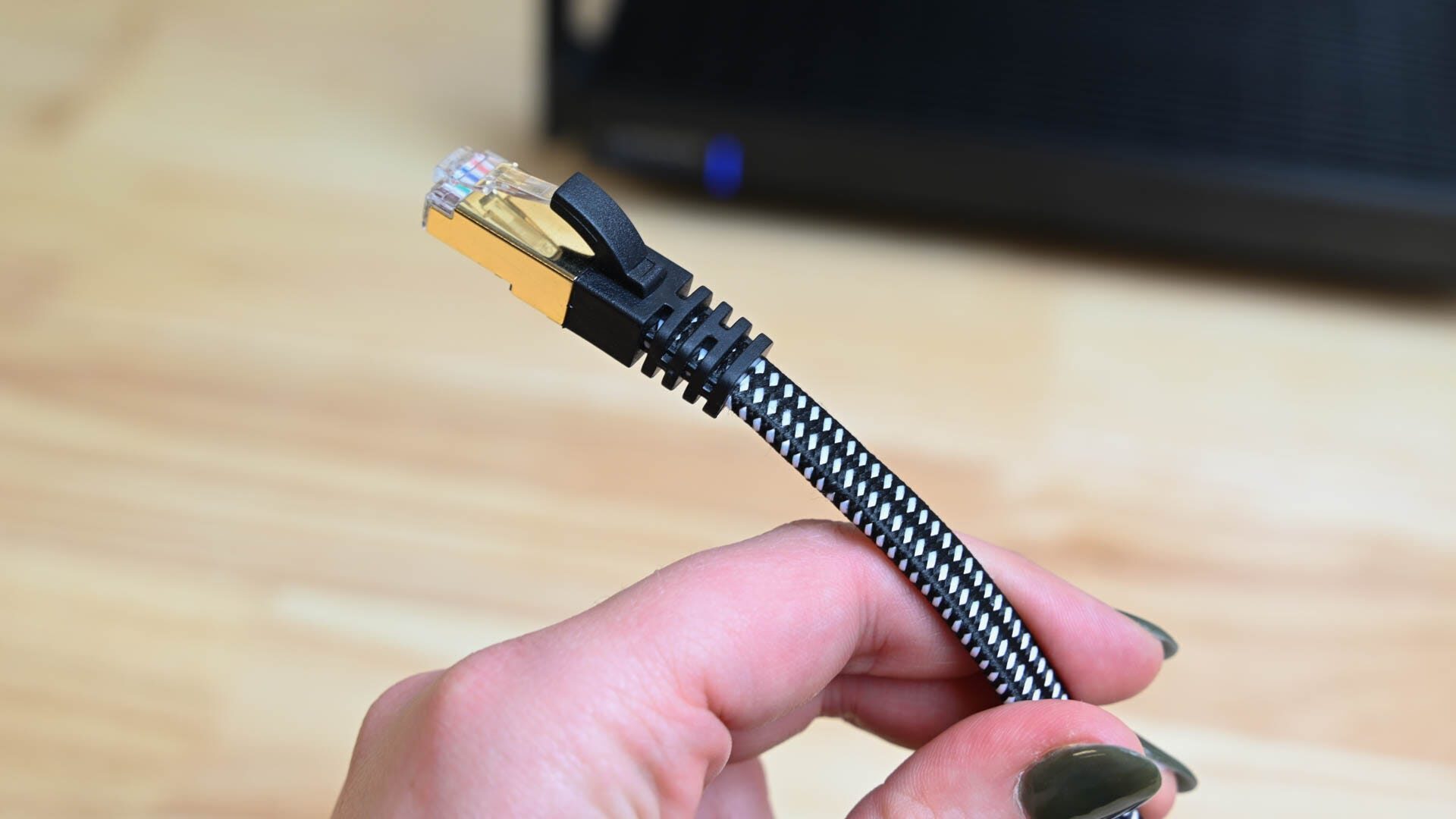
When speed is a necessity, you should connect your PC directly to your NAS device over a wired connection. Most homes use a standard 1 Gbps network, which provides speeds up to 125 MBps. Assuming that you reach this maximum speed over a wired connection, it should only take 1 minute and 25 seconds to transfer a 10GB file (but local network traffic can slow things down).
Creating a wired connection between your PC and NAS device isn’t too difficult. Simply plug both devices into the same router (or the same router node, if you own a mesh Wi-Fi system). You may need to use a networking switch to facilitate this connection, depending on the location and port selection of your router.
If you connect to your NAS device over Wi-Fi (within your home, not outside of it), you will experience relatively slow speeds. That’s just a fact of life. There are several variables that will affect transfer speed over Wi-Fi, but the main variable is the distance between your PC and your router—they should be close together, and of course, your router shouldn’t be obscured by furniture. If you own a mesh Wi-Fi system, keep your PC close to whichever router node you’ve connected to your NAS device.
Your internet plan is only a factor when performing remote file transfers. But here’s the thing; this is a two-way street. Even if you have crazy-fast Gigabit internet at home, the internet speed at your remote location (such as a hotel’s Wi-Fi) will limit transfer speeds. If you need to remotely transfer extremely large files, a service like Dropbox may be your best bet (and yes, you can set up Dropbox on your NAS device).
Of course, some people use a NAS device for Plex and other applications. You really shouldn’t run into speed problems when using these applications locally (unless they involve extremely large file transfers). Either way, the basic tips for improving NAS speeds are unchanged—try to get a wired connection going. You may need to buy a router switch and some cables to set this up, but if long wires aren’t an option, use a mesh router system and connect important devices to each router node via Ethernet cable.
I should note that if you’re having trouble with a NAS application, transfer rates may not be to blame. You may have incorrectly configured the application, for example, or your firewall is screwing things up. (For your Plex users out there, check if Plex is trying to transcode your files. A Plex Pass subscription may help with this particular problem, as it unlocks hardware transcoding.)
Additional Speed Improvements Are Expensive
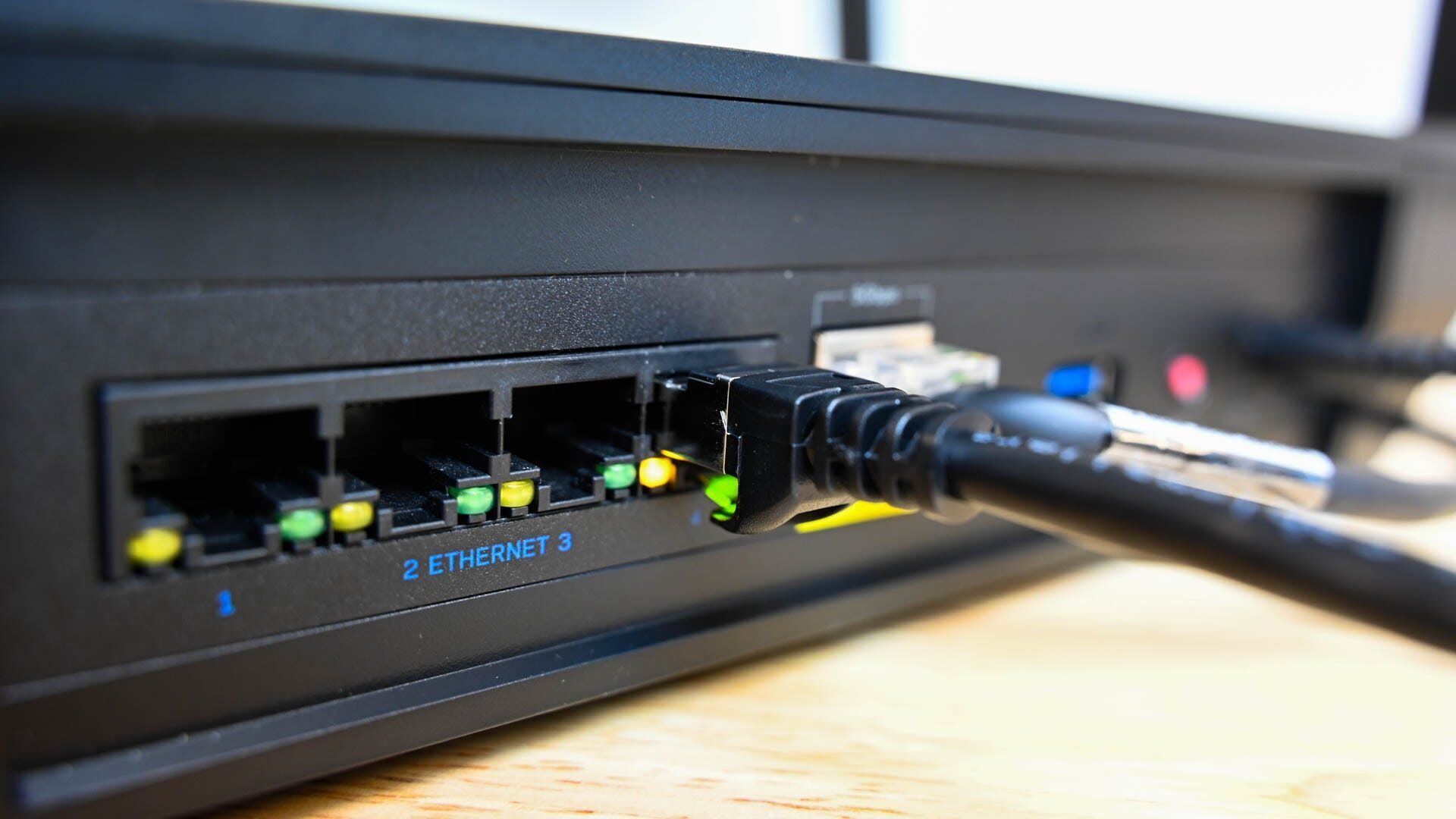
If you want to go beyond 1 Gbps wired transfer speeds, you need to upgrade your home network. There are a variety of ways to accomplish this task, but the cheapest and easiest option is to purchase a 2.5 Gbps or 10 Gbps network switch—I do not suggest buying a multi-gigabit router unless you have a multi-gig fiber internet plan, as a router upgrade isn’t required for this task.
You also need a NAS device and PC with the hardware to support a multi-gig connection (you can add this to a PC with a USB-C adapter). Note that your NAS device may only support multi-gig connections when using both of its Ethernet ports in Link Aggregation mode (that means connecting both ports to the same networking switch).
Most consumer devices do not support 10 GbE networking. So, you should probably buy a 2.5 Gbps switch, which will provide transfer rates up to 250 MBps (a managed switch will provide the full 250 MBps throughput to all connected devices). Connect the switch to your router, and connect your PC and NAS device to the switch—you’re all set; congratulations.
Note that if you choose to build a 10 Gbps network, the drives in your NAS device and PC will become the limiting factor for transfer speeds. You’ll need to use fast SSDs to reap the full benefits of a 10 Gbps connection, or at the very least, install an SSD cache in your NAS device to quickly access your most-used files. (Really, 2.5 Gbps is fast enough for most people, and 10 Gbps networking is an expensive investment that isn’t supported by most hardware.)
The only way to improve local Wi-Fi transfer rates (beyond the tips mentioned in the previous section) is to upgrade your Wi-Fi router. If you’re just a regular person at home, try using a powerful Wi-Fi 6 whole-home router or a mesh Wi-Fi 6 system. More ambitious users should look into enterprise-grade Wi-Fi 6E solutions (which are overpriced and only supported by a handful of computers, at least at the time of writing). In either case, the speed improvement may be marginal at best, so you’re better off using a wired connection.
As for improving remote transfer speeds, you need to call your ISP and upgrade your internet plan. But, as I mentioned earlier, remote file transfer is a two-way street. If you remotely connect to your NAS device from the slow Wi-Fi at a Starbucks, you’ll experience slow transfer speeds regardless of your home internet plan’s data rate.
TRENDnet 5-Port Unmanaged 2.5 Gigabit Ethernet Switch
A 2.5 Gigabit networking switch is the easiest way to speed up wired transfer speeds between your PC and NAS device. Note that your PC and NAS device must support 2.5 GbE to reap the benefits of this hardware.
Direct-Attached Storage Is Always the Fastest Option
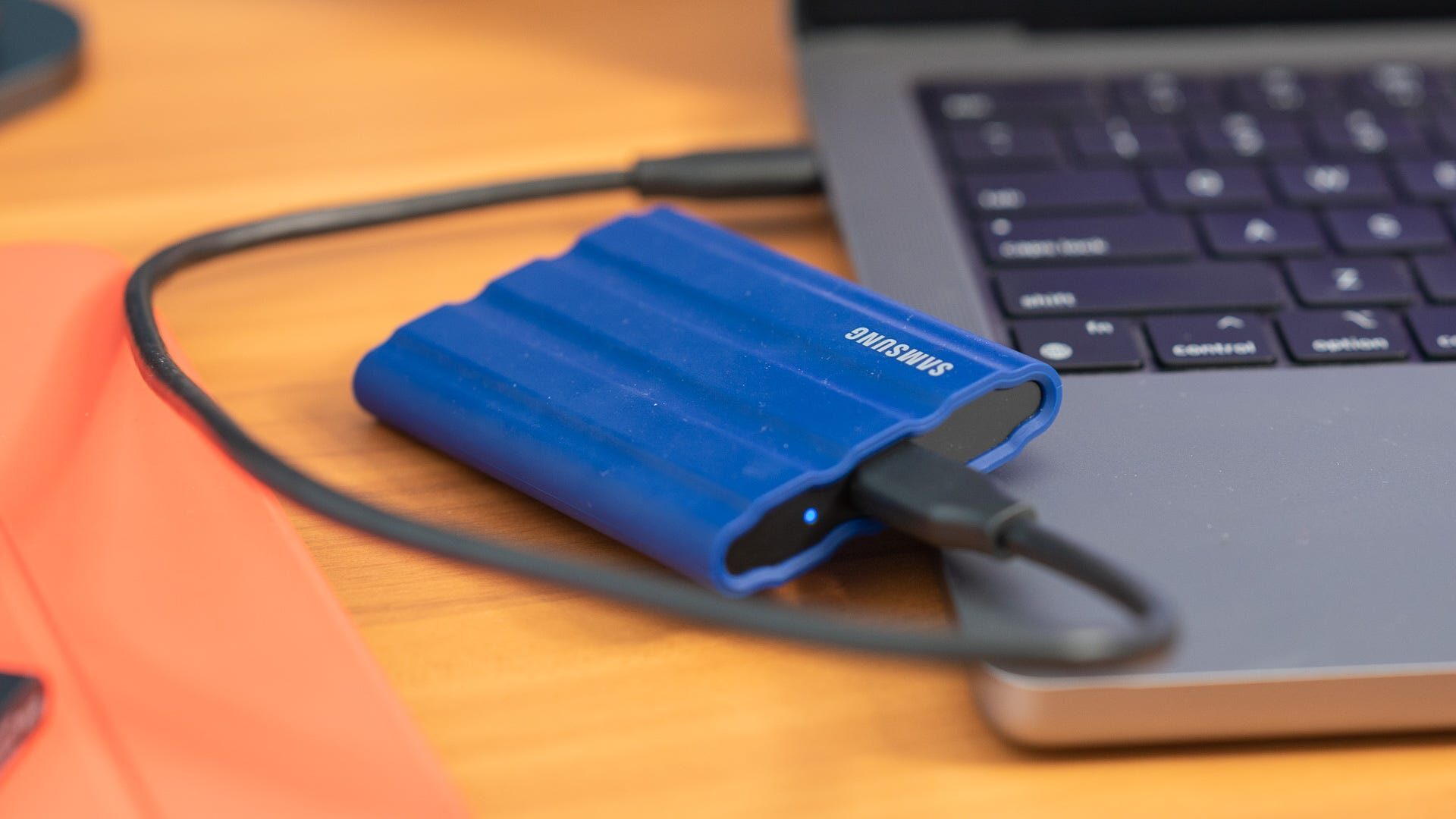
A NAS device allows you to conveniently store, back up, and share files. Naturally, some people see a NAS device as an alternative to direct-attached storage (DAS) solutions. But if you regularly transfer massive files, or you’re explicitly worried about transfer speeds, DAS is often the best and cheapest option!
Direct-attached storage is exactly what it sounds like—you connect a drive directly to your computer, rather than connecting it to your network. A computer’s internal drives, along with USB external drives, are DAS. Both options will provide faster transfer rates than a NAS device (assuming that you don’t buy a crappy counterfeit drive and stick with USB 3.0 or USB 4.0).
And if you need to store a ton of data, or you specifically want the file redundancy offered by a NAS device, you could always buy a RAID enclosure. This is a device that feature several drive bays and connects directly to your PC (without the need for a router, network switch, etc).
It’s worth noting that you can use both NAS and DAS to store your files. Some people use an external drive to carry large files between their PC and NAS device, as it’s often faster than relying on a LAN connection (though it isn’t always convenient). And if you’re only interested in a NAS device’s remote access capabilities, you could always use a cloud storage service instead.
The Best External Solid State Drives of 2023
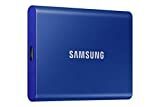
Best External SSD Overall
Samsung T7 Portable SSD
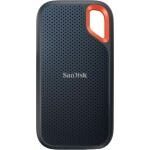
Best Budget External SSD
SanDisk Extreme Portable External SSD
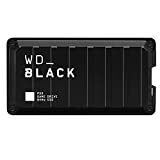
Best External SSD for PS5
WD_BLACK P50 Game Drive SSD

Best External SSD for Xbox Series X/S
WD_BLACK P50 Game Drive SSD
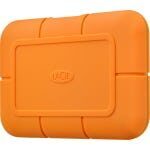
Best External SSD for Mac
LaCie Rugged SSD Pro
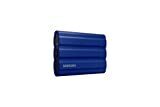
Best Rugged External SSD
Samsung T7 Shield
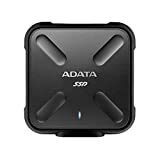
Best Portable External SSD

